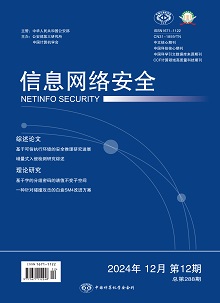Security problems, such as privacy leakage and reasoning distortion, arising from training and reasoning in AI have heightened concerns, even involving ideology and national strategic security. As an emerging machine learning architecture, federated learning provides effective privacy protection capabilities for multi-party data analysis, processing, and sharing by achieving global model training while maintaining private data locality. Then, from the perspective of research motivation, technical methods, and other aspects of federated learning, how to apply this technology in typical application scenarios to solve practical problems effectively is its core. Therefore, this article conducted a comprehensive survey on the current research status of application technology of federated learning in typical scenarios, which would be valuable to further research and practice of federated learning. Firstly, a comprehensive classification and sorting of relevant literature were conducted from the perspective of research application scenarios, and the research status in each scenario was analyzed from a multidisciplinary perspective. Secondly, from the perspective of technical implementation, a comparative analysis was conducted on the data sets, performance characteristics, evaluation indicators, and other aspects of different schemes in various application scenarios. Finally, the key challenges and development directions faced by federated learning research, especially system applications, were analyzed and summarized.

